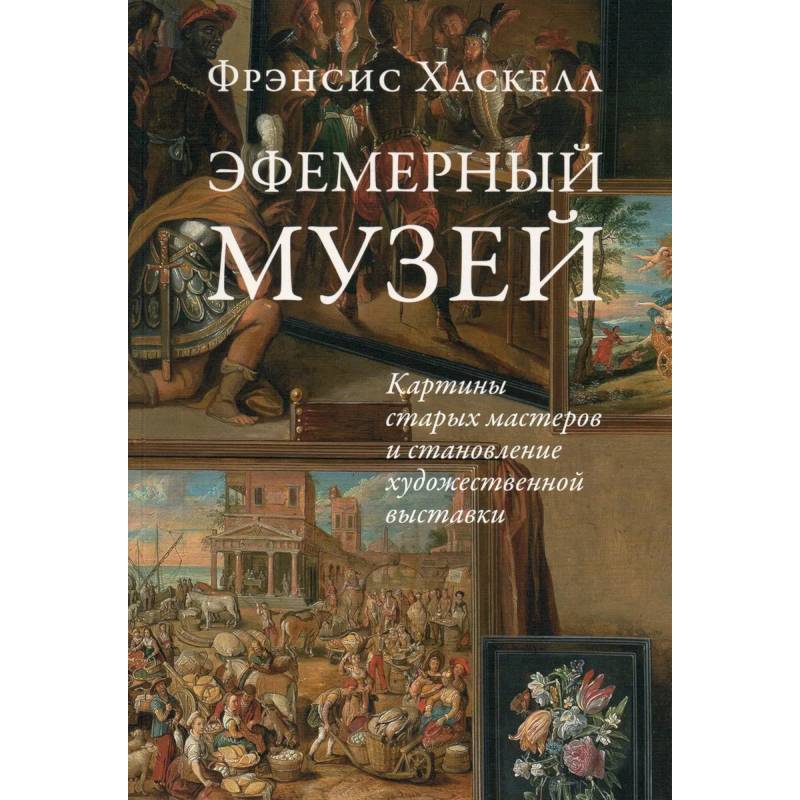Ephemeral Museum: Paintings by Old Masters and the Establishment of an Art Exhibition
Please sign in so that we can notify you about a reply
The book of the British art critic Francis Haskell (1928–2000) is devoted to the history of temporary exhibitions, which showed the work of masters of the past. The author traces this phenomenon from its origin in Italy in the 17th century to the heyday in Germany, the Netherlands and the UK in the 20th century. He shows that temporary exhibitions not only contributed to understanding of fine art, but inevitably served other goals: religious, public, political. Haskell wonders if such exhibitions are needed, and draws the attention of readers to the dangers that the Ephemeral Museum carries. Among them, not only the threat of physical damage to objects of art, constantly undergoing movements, - what the first to indicate Goethe, having finished his quatrains of 1816 with pathos words: "What will remain for us? Loss", but first of all, distorted ideas about the history of art that the audience arise when work is removed from their context or placed in a new one that changes their initial meaning. The publication is intended for historians, art historians, museum workers, as well as for a wide range of readers, passionate about cultural phenomena of the past and present
Author:
Author:Хаскелл Ф.
Cover:
Cover:Soft
Category:
- Category:Arts & Photography
- Category:History & Geography
- Category:Culture
- Category:Reference books
Publication language:
Publication Language:Russian
Paper:
Paper:Offset
ISBN:
ISBN:978-5-94380-346-8
No reviews found
